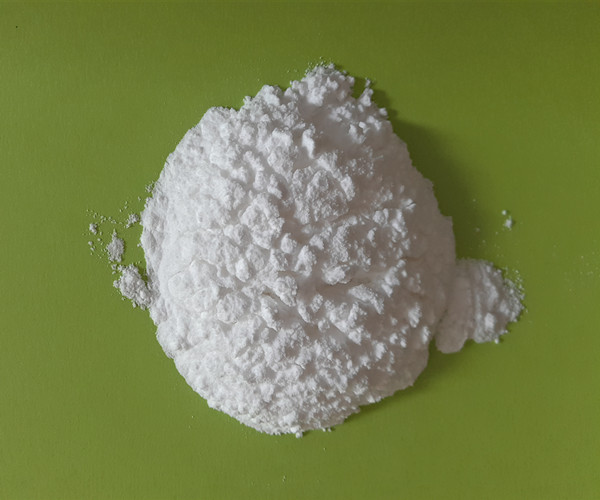Dehydroepiandrosteronsulfat, förkortas som DHEA-sulfat eller DHEA-S, även känd som androstenolonsulfat, är en endogen androstansteroid som produceras av binjurebarken. Det är 3β-sulfatestern och en metabolit av dehydroepiandrosteron (DHEA) och cirkulerar i mycket högre relativa koncentrationer än DHEA. Steroiden är hormonellt inert och är istället en viktig neurosteroid och neurotrofin.
Neurosteroidaktivitet:
Similarly to other conjugated steroids, DHEA-S is devoid of hormonal activity, lacking affinity for the steroid hormone receptors.However, DHEA-S retains activity as a neurosteroid and neurotrophin.It has been found to act as a positive allosteric modulator of the NMDA receptor (50 nM–1 μM), negative allosteric modulator of the GABAA and glycine receptors, and weak agonist of the sigma-1 receptor (Kd > 50 μM).För övrigt, DHEA-S has been found to directly bind to and activate the TrkA and p75NTR – receptors of neurotrophins like nerve growth factor (NGF) and brain-derived neurotrophic factor (BDNF) – with high affinity (around 5 nM).
Hormonal activity:
Although DHEA-S itself is hormonally inert, it has been thought that it can be converted back into DHEA,which is weakly androgenic and estrogenic, and that DHEA in turn can be transformed into more potent androgens like testosterone and dihydrotestosterone (DHT) as well as estrogens like estradiol.As such, it has been thought that DHEA-S is a prohormone with the potential for androgenic and estrogenic effects.However, a 2005 study found that DHEA could be converted into DHEA-S but found no evidence of conversion of DHEA-S into DHEA.
Other activity:
DHEA-S has also been found to inhibit the TRPV1 and TRPC5 transient receptor potential channels and to inhibit the P2X receptor.











